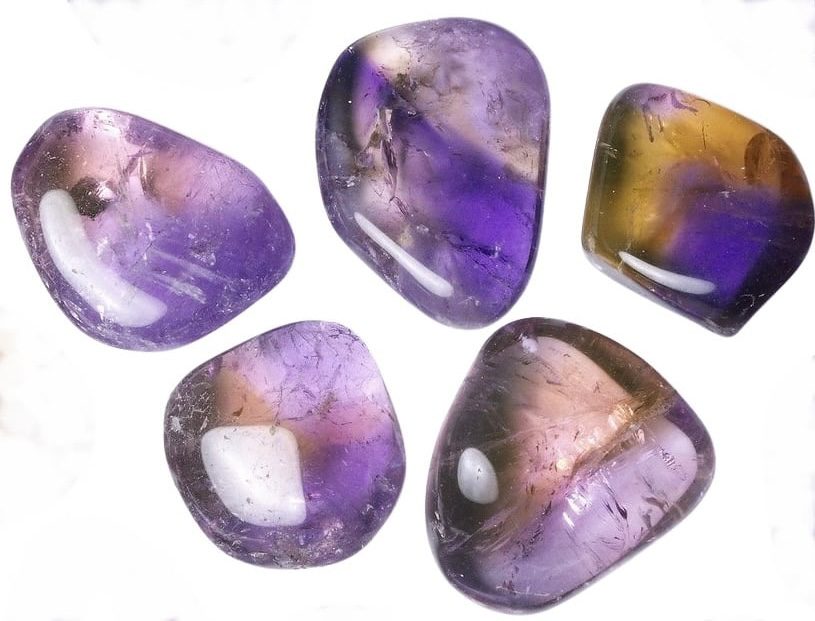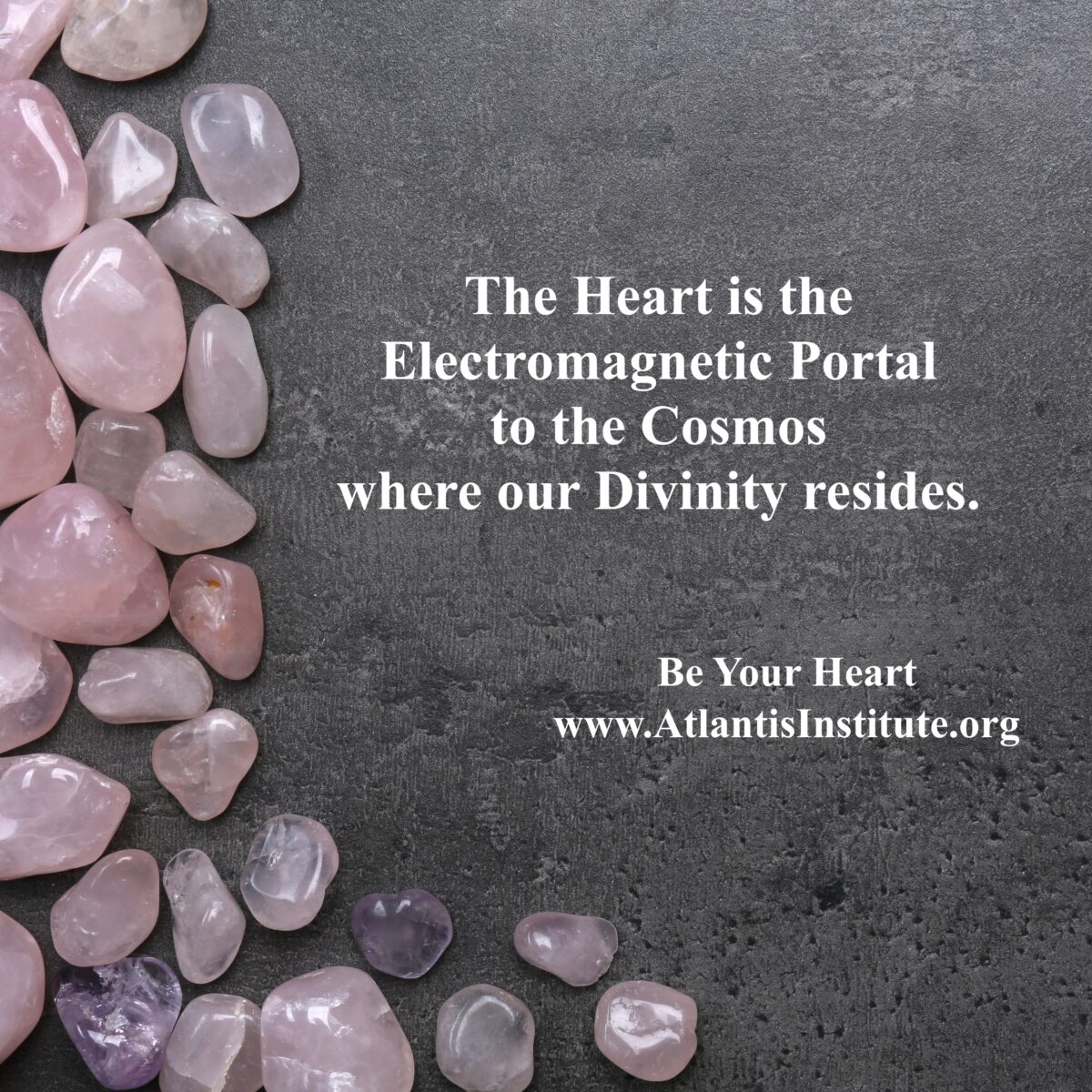AMERTRINE - Atlantis Institute Crystals Encyclopedia
Origin
Ametrine is a crystal of primary formation which means it was formed from molten magma. This usually happens in cavities in volcanoes where the combination of chemistry and structural arrangements of mineral deposits, atoms and substances pass from gas or liquid into a solid-state or by means of going out of solution by precipitation or evaporation.
Ametrine is a silicate mineral of which the Quartz family is a part. In fact, Ametrine is one of the rarest types of quartz as it combines the beauty of two different crystals in one single crystal. Ametrine is a naturally occurring variety of quartz that contains a mixture of amethyst and citrine. Trace particles of iron can transform clear quartz into the purple of amethyst or the gold hue of citrine, and when colled down at two different rates, the two merge to form ametrine.
Ametrine is mined out of the veins in dolomitic limestone, and the main natural supply is mined in Bolivia. Some synthetic Ametrine is produced in Russia who use industrial production methods to produce ametrine colours. These are produced for the low priced segment of the crystal market.
All crystals belong to a different group according to the basis of the relationships of their axes. There are 7 systems and 32 classes of symmetry. Ametrine crystals belong to the Trigonal system.
History
Ancient myth tells the story of this interesting and unique crystal stone being introduced to Europe when the conquistadors, Felipe de Urriola y Goitia, received a dowry of a mine in Bolivia on marrying the princess Anahi from the native Ayoreos tribe. He then made gifts of the stone to the Spanish Queen Juana.
Today, most Ametrine is mined from the Eastern Bolivian mine of Anahi, which could be linked to the original Princess dowry of the story. There are also sources in India and Brazil.
Specification
Ametrine is recognisable by its colours and appears to have a lovely clarity. It isn't easy to artificially produce. The tumbled
variety is fully natural and can be found in jewellery, gemstones, crystals, and spheres, among other things.
Varieties
Ametrines are the combined beauty of citrine and amethyst. Synthetic ametrine is produced in Russia, but the natural stone has no immediate variants other than the wider Quartz family and the citrine and amethyst themselves.
Esoteric Attributes
Because each crystal family has different formational backgrounds, each also has different vibrational frequencies that can be harnessed and used for specific purposes. Each, therefore, has specific qualities that can help a person heal on many different levels of their being.
The following is a list of healing attributes associated with Ametrine crystals.
Mental: This Crystal enables us to experience mental creativity and take great strides in creative thinking. Citrine brings enthusiasm, and amethyst brings sensibility, enabling us to make positive, mental choices with balance.
Emotional: Ametrine is a stone that inspires joyfulness and calm. It encourages our inner being to focus on the positive when outside influences intervene. It is a stone that encourages compatibility and healthy relationships.
Physical: Ametrine creates balance within the body by easing body tension and generating harmony in body metabolism and the vegetative nervous system.
Crystal Chart - Ametrine
Crystal: Ametrine
Mineralogy: Silicon Dioxide with impurities
Geometric form: Trigonal
Formation: Primary (molten magma)
Family: Quartz
Birthstone: Astrology Birthstone (Zodiac) –Ametrine is associated with the astrological signs of Gemini and Libra
Appearance: Glass-like waxy lustre, blend of purple and gold.
Aura: Ametrine aids in removing negative energy from the Aura so that the light of healing and love can take its place.
Colour: A blend of the purple of Amethyst and the golden of Citrine.
Chakra: This Crystal opens the Third Eye Chakra, which is the core of command and perception. It also bridges the Third Eye Chakra and the Solar Plexus Chakra.
References and resources:
Michael Gienger, Healing Crystals, Earthdancer Books, 2009
The Columbia Encyclopedia, Crystal, 6th ed. 2014
World of Earth Science, Quartz, 2003
Encyclopedia of Occultism and Parapsychology, Crystal Healing, 2001
http://gemstone-dictionary.com/birthstones-by-month.php
New Oxford American Dictionary
You can watch our Free Videos on Crystals HERE
Learn to become a Crystal Therapist HERE
Find out the benefits of a Crystal Healing Session HERE
See our wonderful selection of Healing Crystals HERE
















